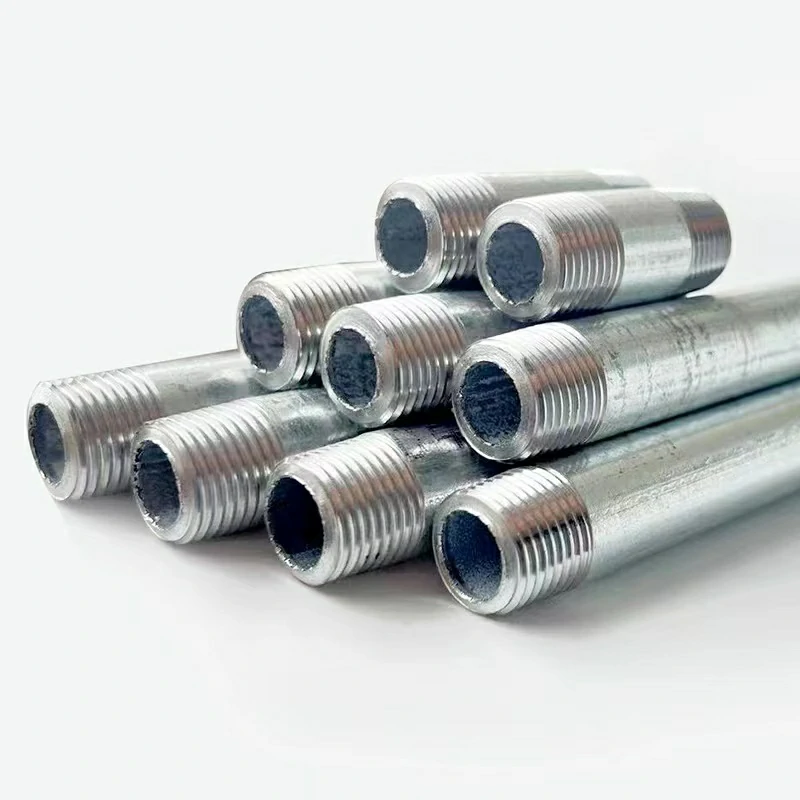The manufacturing and installation of nipple pipe fittings are governed by various safety standards and regulations to ensure their quality, reliability, and safe operation.
Some of the key standards and guidelines that may apply include:
- American Society of Mechanical Engineers (ASME) Standards: ASME develops and publishes standards related to pressure piping systems, including specifications for pipe fittings such as nipples. Standards such as ASME B16.11 (Forged Fittings, Socket-Welding and Threaded) and ASME B16.9 (Factory-Made Wrought Steel Butt-Welding Fittings) provide requirements for the manufacturing and dimensions of nipple pipe fittings.
- American National Standards Institute (ANSI): ANSI oversees the development of consensus-based standards for various industries, including piping systems. ANSI standards may include specifications for materials, dimensions, testing, and safety requirements for pipe fittings, including nipples.
- National Fire Protection Association (NFPA): NFPA develops codes and standards related to fire protection and life safety. Standards such as NFPA 13 (Standard for the Installation of Sprinkler Systems) and NFPA 24 (Standard for the Installation of Private Fire Service Mains and Their Appurtenances) may include requirements for the installation of nipple pipe fittings in fire protection systems.
- Occupational Safety and Health Administration (OSHA): OSHA sets and enforces workplace safety and health regulations in the United States. OSHA standards, such as those related to hazard communication (29 CFR 1910.1200) and personal protective equipment (29 CFR 1910.132), Nipple Pipe Fitting may apply to the manufacturing and handling of nipple pipe fittings to ensure worker safety.
- International Organization for Standardization (ISO): ISO develops international standards for quality management, product specifications, and safety requirements. ISO standards such as ISO 4144 (Stainless steel fittings threaded to ISO 7-1) and ISO 49 (Malleable cast iron fittings threaded to ISO 7-1) provide guidelines for the manufacturing and performance of nipple pipe fittings.
- Local Building Codes and Regulations: Building codes and regulations established by local authorities may also dictate requirements for the installation of piping systems, including the use of nipple pipe fittings. Compliance with these codes ensures that piping installations meet safety and structural integrity requirements.
- Manufacturer’s Specifications and Recommendations: Manufacturers of nipple pipe fittings often provide specifications, installation instructions, and recommendations for safe handling, installation, and use of their products. Following manufacturer guidelines is essential to ensure the proper functioning and safety of the fittings.
It’s crucial for manufacturers, installers, and users of nipple pipe fittings to familiarize themselves with applicable standards and regulations to ensure compliance with safety requirements and industry best practices. This helps mitigate risks, prevent accidents, and ensure the reliability and integrity of piping systems.
